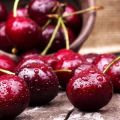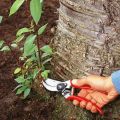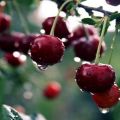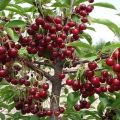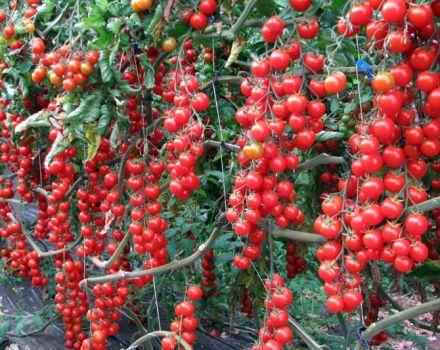Description and characteristics of sargent cherry varieties, history and features of cultivation
Plant enthusiasts are increasingly interested in exquisite apple or cherry varieties such as Sargent. They are capricious, in need of constant care, but outwardly they look spectacular, bright, capable of decorating a park or a corner of the garden with their presence.
History of origin and description of the variety
Sargent belongs to the decorative varieties, you should not expect bountiful harvests from it. The tree, which in natural conditions can grow in Japan, the Far East, Finland, is very beautiful: in the spring, after a thaw, it stands out due to a cloud of pinkish-red inflorescences strewn with branches.
The leaves, brown with a copper tint at the time of flowering, gradually turn green by autumn, fill with a rich orange color with a transition to a reddish hue. In winter, when the trees lose their cover, the cherry will stand out brown, with light light stripes, a bark color that contrasts nicely with the white snow. Branches are horizontally oriented, spreading. It grows up to 15 meters in height.
Growing features
Despite its apparent fragility, Sargent grows in the mountains in Central Finland - conditions that cannot be called greenhouse. The choice of the landing site is not particularly capricious: the main thing is that there is no open, ventilated space. It can grow in city parks and squares.
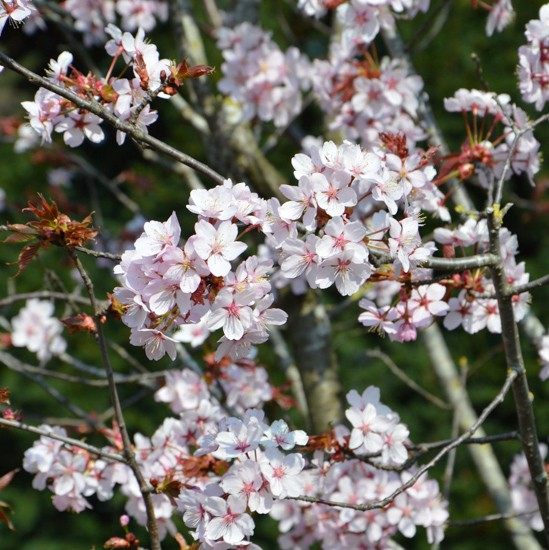
Choosing a landing site
Prefers a bright, wind-protected place. Resistant to frost and low temperatures. It takes root equally well in the garden, in the summer cottage, within the city.
Soil type
Sarzente is suitable for dryish, moderately clayey soils, with a pH ranging from neutral to strongly alkaline. The main thing is that they have enough nutrients.
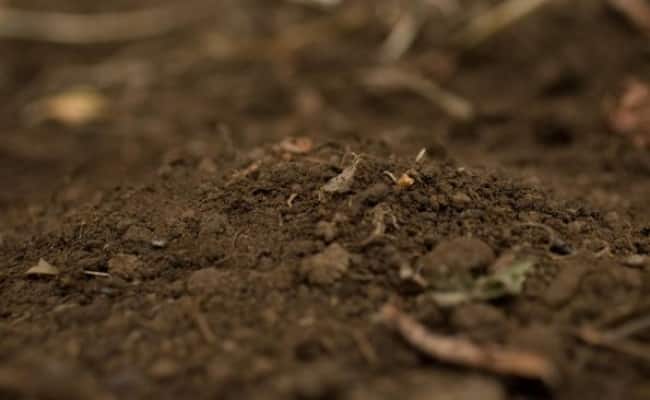
Landing dates
Considering that the cherry blossoms in April, the sap flow in it begins even earlier. It is recommended to worry about purchasing a seedling in the fall, save it until early spring, and then plant it in open ground.
Planting stages
It is very important to choose grafted (grown) trees that are close in growing conditions to the planting area: others may not take root. The landing site is an elevated, well-ventilated (but no draft) and drained area. Steep slopes, swampy depressions, damp and dark glades are not suitable. Direction - west, north-west and south-west - is the best choice for cherries. Subsequent transplantation is undesirable.
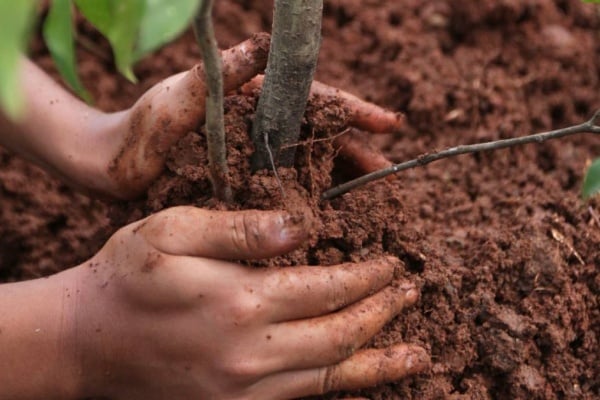
A hole is formed in the ground, into which the seedling is placed, lightly tamping the soil around it.
Care
Sargent needs little care, additional protection measures.It reacts to soil poor in potassium and nitrogen, a lack of phosphorus: in this case, fertilizing with organic matter or mineral complexes will be required.
Roughly, doses of humus will be needed in the range of 4-10 kilograms per square meter of area, depending on the saturation of the earth mixture with minerals.
Watering
Cherry trees are not sensitive to moisture, its excess is much more harmful for them. In drought, plants are watered between late May and early June, during the greatest growth and sap flow. Another time period is late July-early August, when the ovaries are formed for the next year's harvest.

Fertilizers
Organic and mineral fertilizers, humus, superphosphates are introduced. Their dosage is determined by the state of the soil (poor, saturated) and the periods of cherry growth.
Pests and diseases
Almost all cherry varieties are susceptible to fungal infection (coccocomycosis). Good results are obtained by spraying with Bordeaux liquid and other chemicals.
Cherry weevil
It can get in with other plants, overwinter in the ground and begin to actively harm the cherry. To do this, remove the old bark, dry branches, burn away from the place of growth of the tree. Deep loosening of the root zone also helps kill adult pests and pupae.
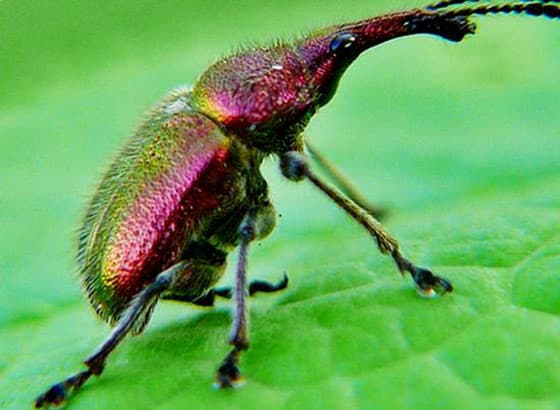
Cherry fly
The fly can infect berries, usually hiding in the ground at a depth of 13 centimeters. It is destroyed by loosening and processing the tree with chemicals after the fruit falls.
Aphid
To get rid of aphids, a soap solution will help - a simple and environmentally friendly product that is sprayed on the leaves and the cherry itself.

